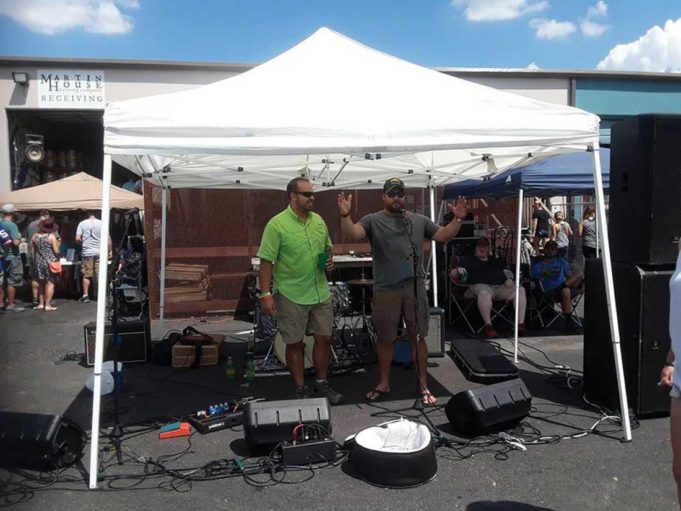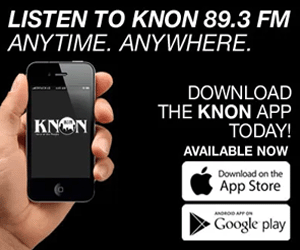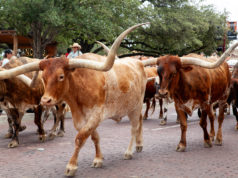You can thank homebrewers for the craft beerplosion we’re awash in.
The head brewers of Rahr & Sons, Panther Island, and The Collective Brewing Project all share one thing in common — a beer-making journey that started from home. Martin House Brewing Company’s head brewer and cofounder is no exception. For the past four years, Cody Martin and his brewery staff have organized The Riverside Shootout Homebrew Competition, in which dozens of individuals and teams compete in the Riverside area for the chance to have their beer brewed by Martin House. Last Saturday marked the first time non-homebrewers (a.k.a. people like me) could sample the offerings. We came by the hundreds.
And brewers came by the dozens. As required by the Texas Alcoholic Beverage Commission, the homebrewed beer can’t be sold, just given away. With triple-digit heat from a relentless afternoon sun, I dived right in.
TBD Brewing’s heavily roasted barrel-aged Winter Warmer and clove-kissed traditional hefeweizen were a welcome start. Keyworth Brewing was slinging a fiendishly delicious smoked pale ale while Brutal Beerworks served a frothy pineapple milkshake IPA that I craved for days afterward.
Martin was busy, chatting with guests and keeping the event going smoothly, but he took a break to tell me why his brewery organizes the annual competition and tour.
“I started as a homebrewer,” he said. “The homebrew community as a whole was an awesome resource for me. I want to pay it forward.”
During the competition portion, teams were given Martin House grain, hops, and yeast and then encouraged to brew something that the brewery hadn’t “thought of yet.”
After our chat, I headed back to the beer tents. Fort Brewing Company’s Samantha Jo Glenn said her team avoided brewing recipes and styles that have already been made by Martin House. As we chatted, she handed me a pour of her team’s Blueberry Double IPA. The violet-hued ale had all the welcome aroma and flavor of its namesake fruit.
Many of the teams pouring that day that I spoke with dream of opening up a brewpub or brewery one day. Glenn said her team is finalizing plans for a brewpub concept that may open in the near future.
“We’re not quite ready to reveal those plans,” she said. “Hopefully, we can announce it soon.”
Two hours into the tour, Martin announced the top three prizes.
“A couple months ago, [the competitors] here brought their homebrew systems to Martin House,” he said. “We told them to brew something really wild, brew something we’ve never thought of before.”
The winning beer will be launched in November.
Third place went to Eric Johnson with Brutal Beerworks for his Peach Ryewine. In second place was a cocktail-inspired beer, Speak Easy, from The Fort Brewing Company. The Wheat Field Brewing team earned top prize (and $500) for their Strawberry Graham Cracker Ale.
Wheat Field cofounder Kyle Wheatley was thrilled. After the announcment, the line for Wheatley’s strawberry ale grew exponentially.
The victory, he said, feels “incredible –– I made beer in graduate school because I couldn’t afford beer at the time. Making this beer was a lot of fun for me and [Wheat Field cofounder] Kevin Fielder.”
The winning recipe, he said, was discovered by happenchance when Wheatley and Fielder “hit a wall” trying to decide which beer to enter into the Riverside Shootout. A friend pitched the idea of a strawberry shortcake-type beer.
“We don’t have strawberry beer,” Martin said about the winner. “It was perfect.”
If any of the brewery teams plan to get into the professional beer business soon, they will be in good company. Later this year, Cowtown Brewing Company plans to open a brewpub/barbecue joint just east of downtown, and New Main Brewing Company is under construction in Pantego (near Arlington). Martin admitted the craft beer market is decidedly more crowded than when Martin House opened more than four years ago, but there’s still room for growth, he said.
“I think it’s a realistic goal,” he said. Anyone opening a new brewery has “to understand beer and understand financing and business. We were the second [craft] brewery in Fort Worth and the sixth in [North Texas]. We could walk into a bar and say, ‘We are the new brewery.’ Bars and restaurants wanted new beers. It’s not like that anymore.”
Then he looked back on the homebrewed beers he tried that day.
“I think some of the people here do have what it takes,” he said.












